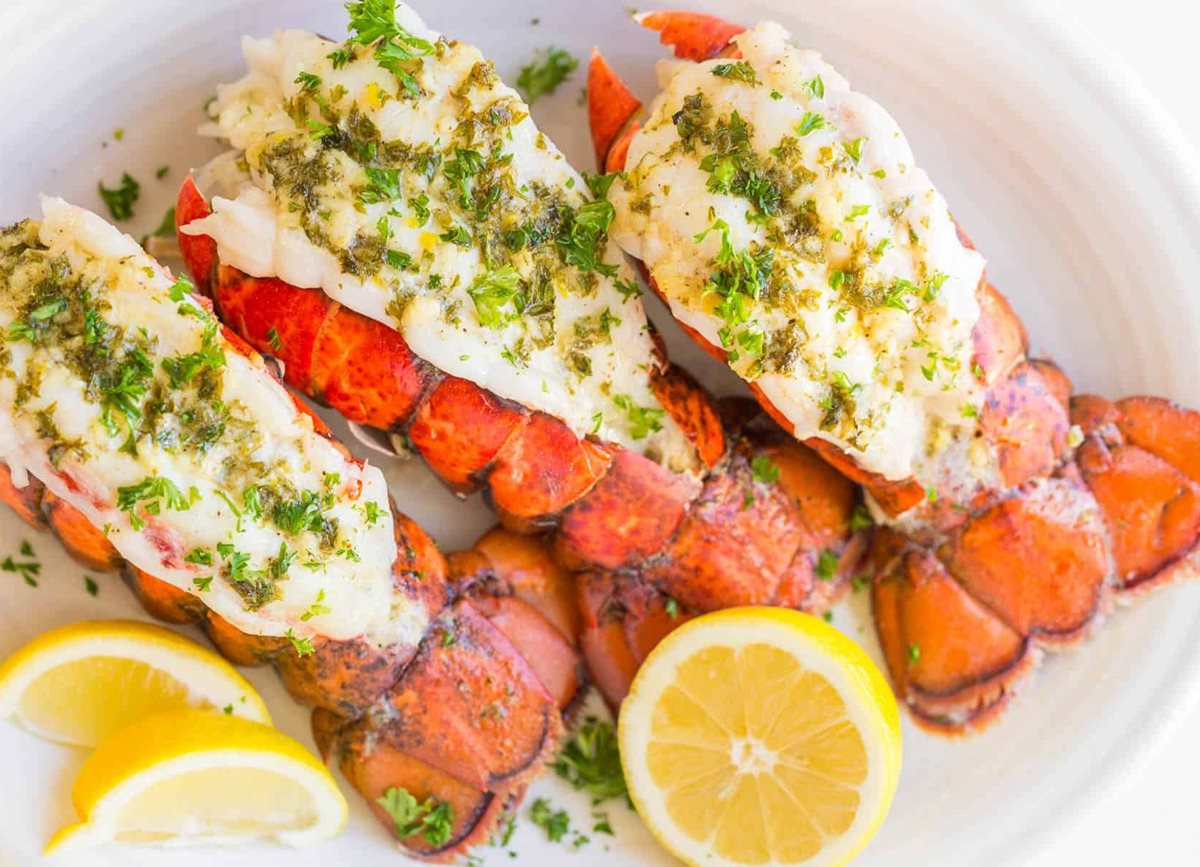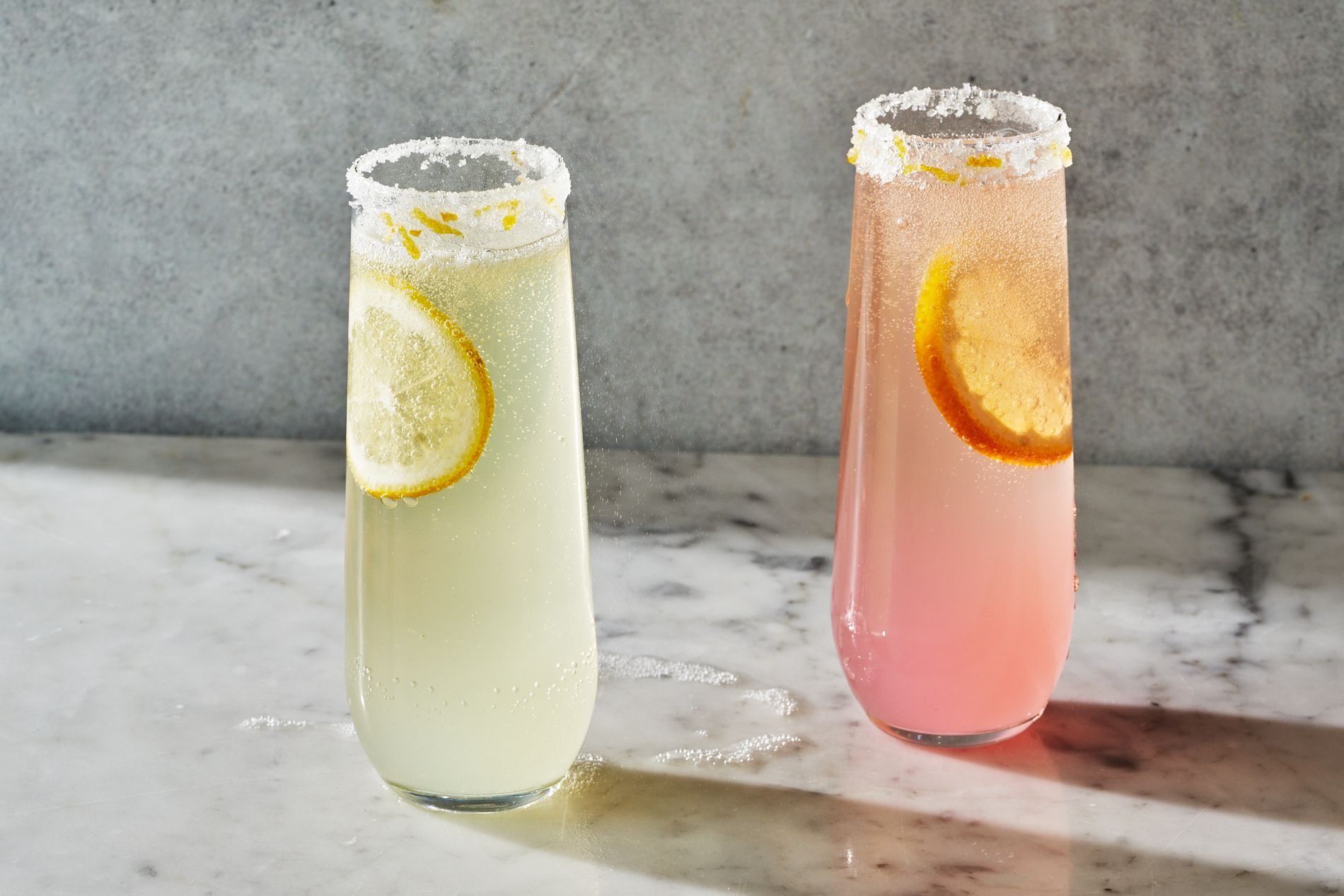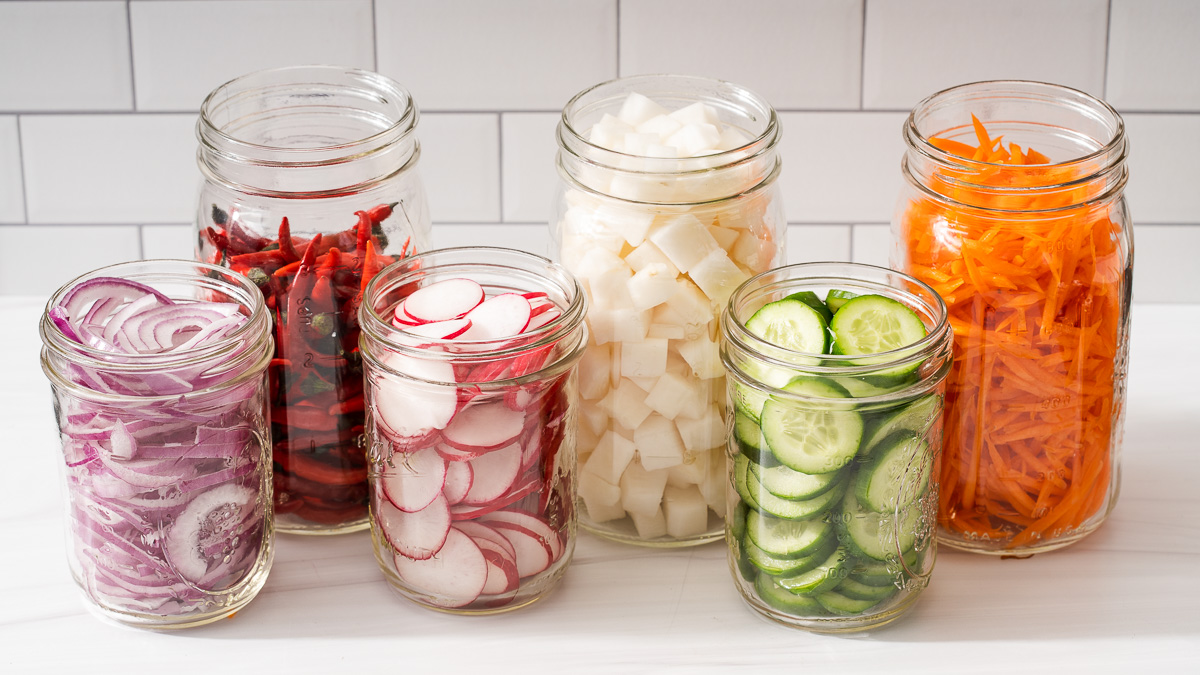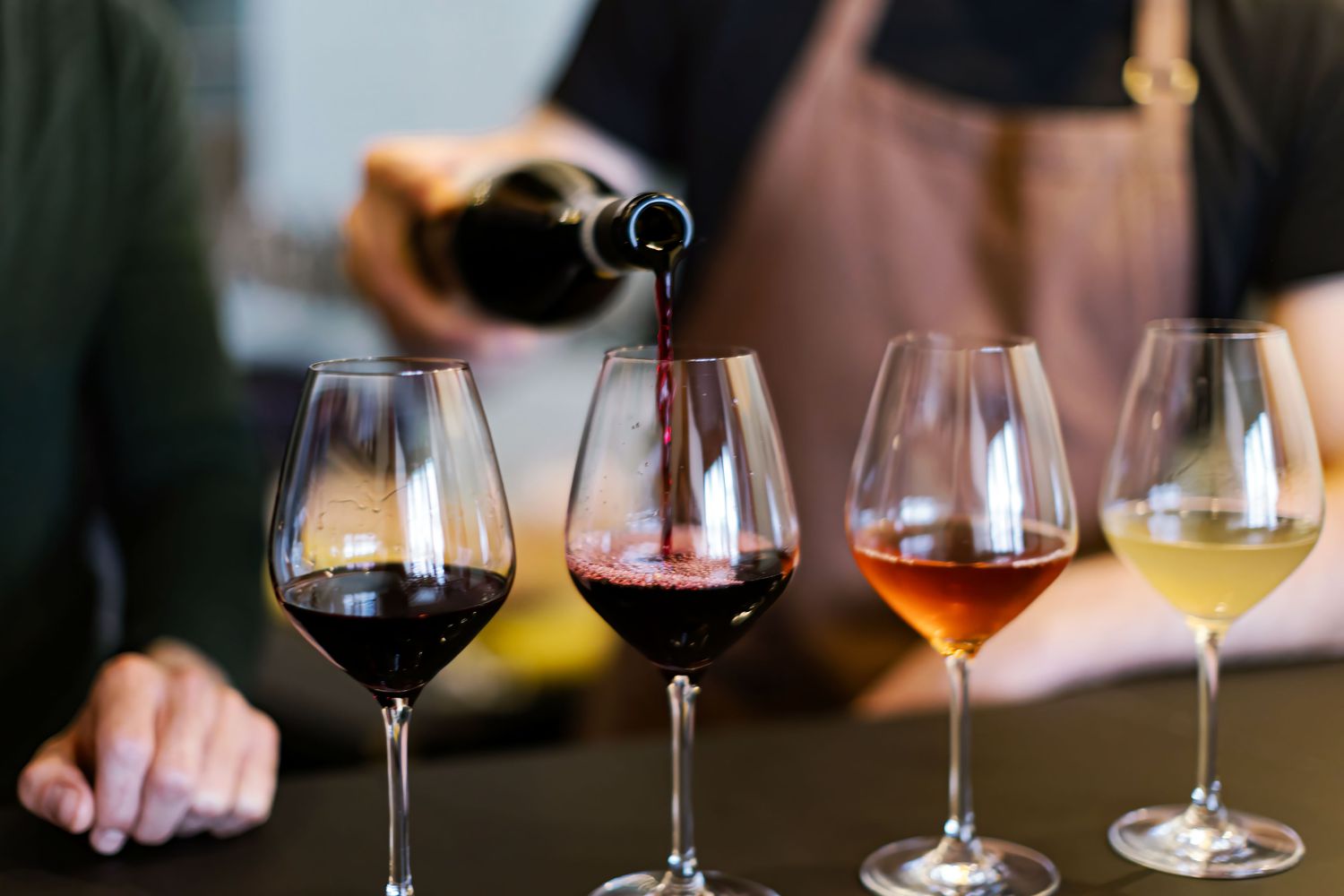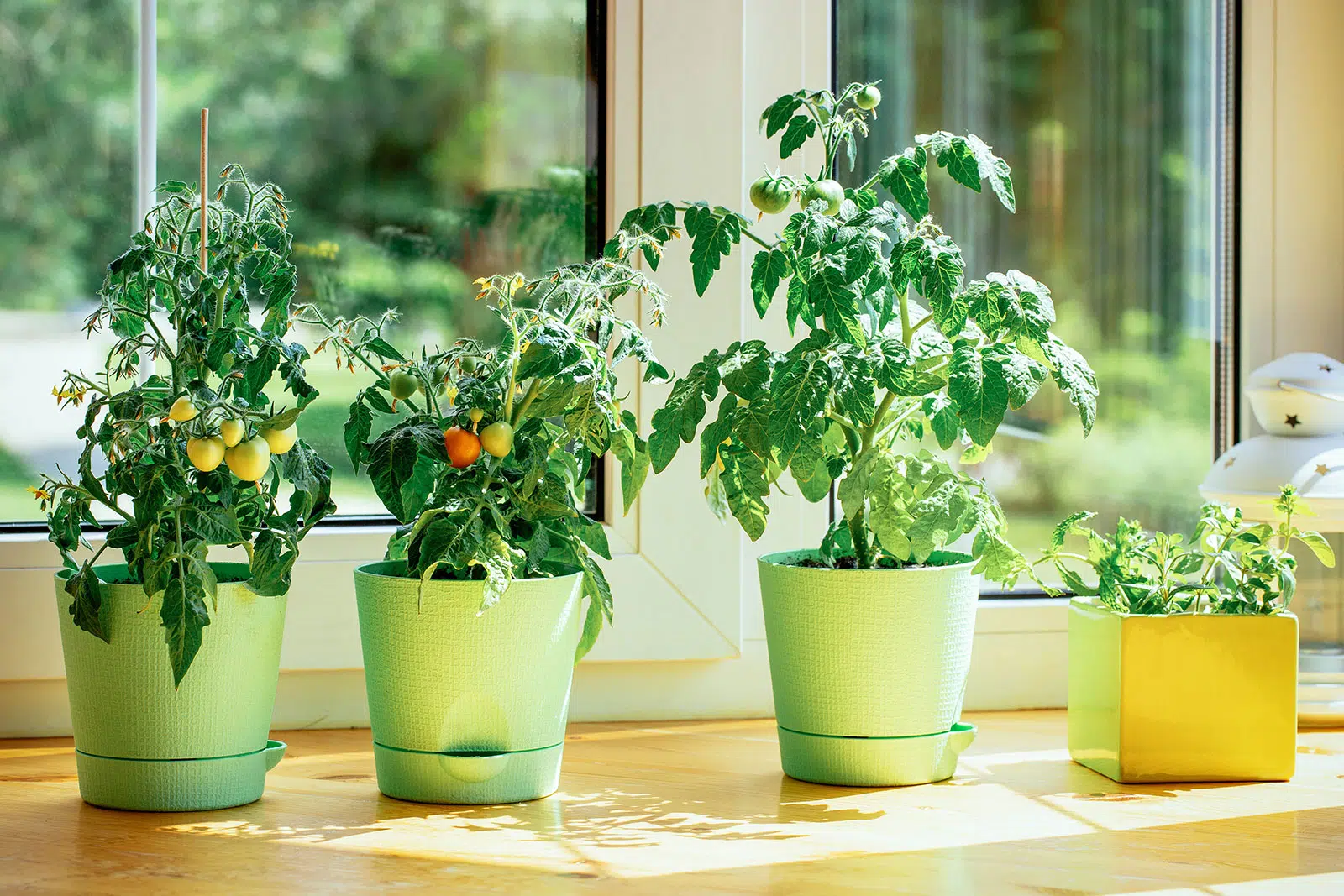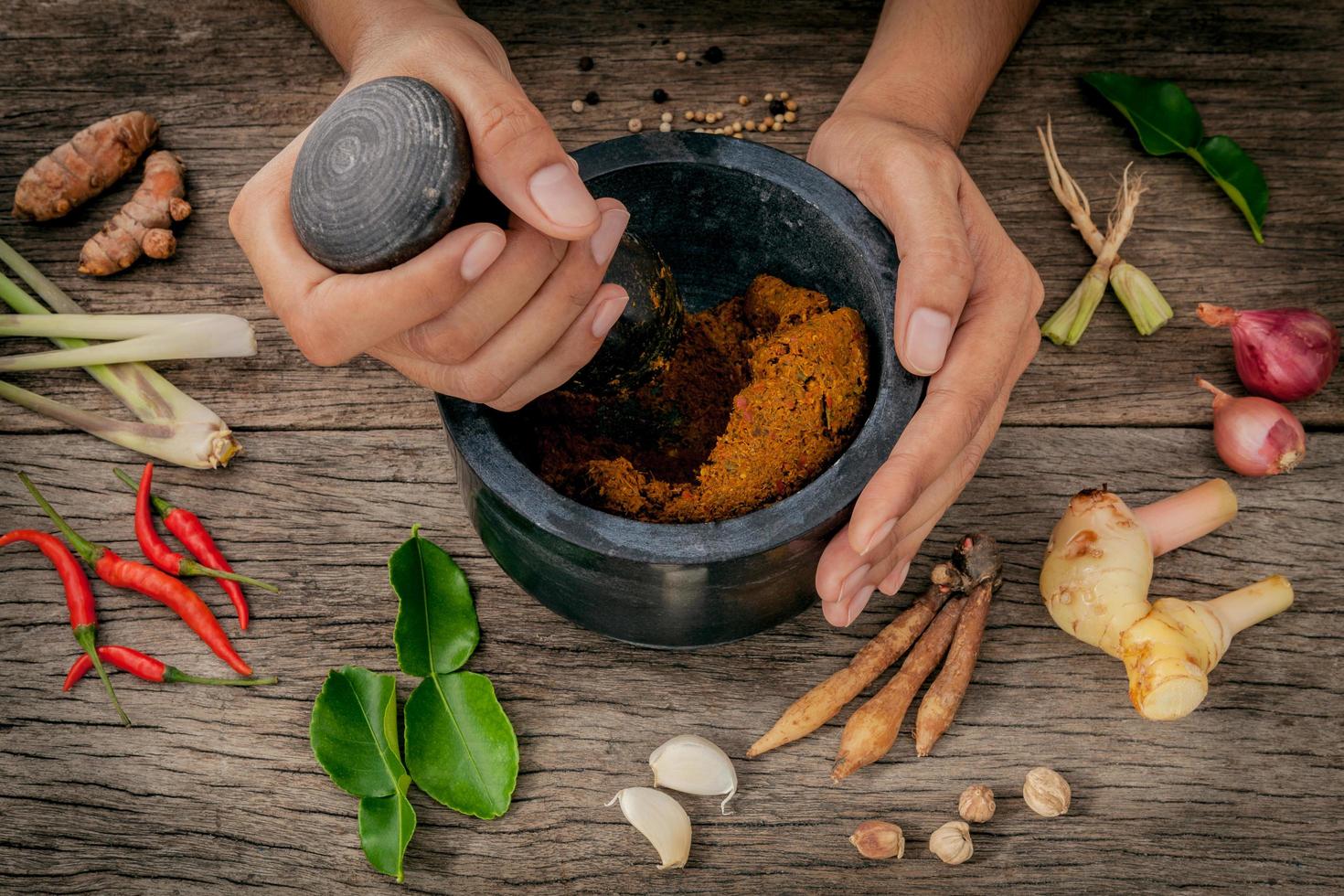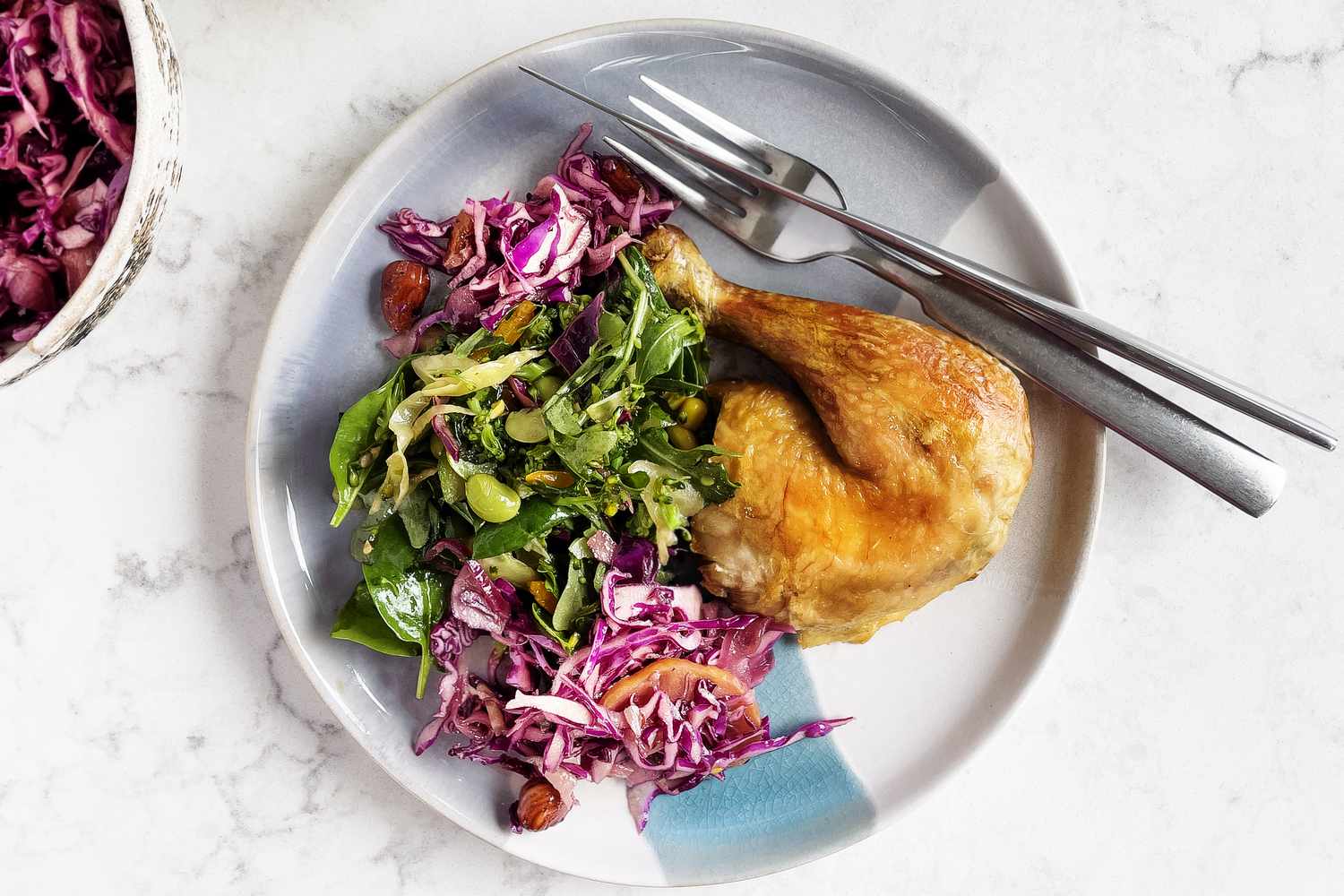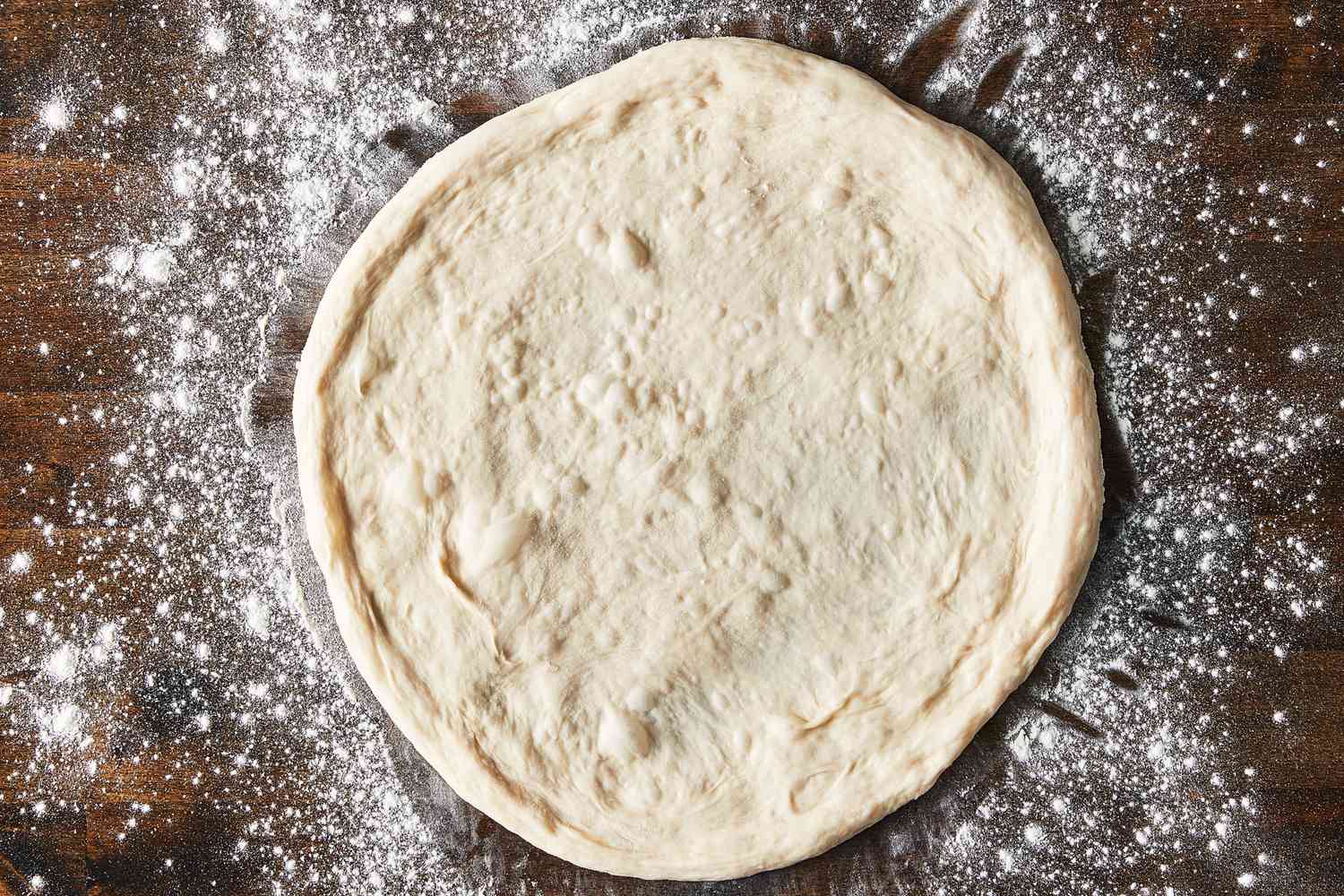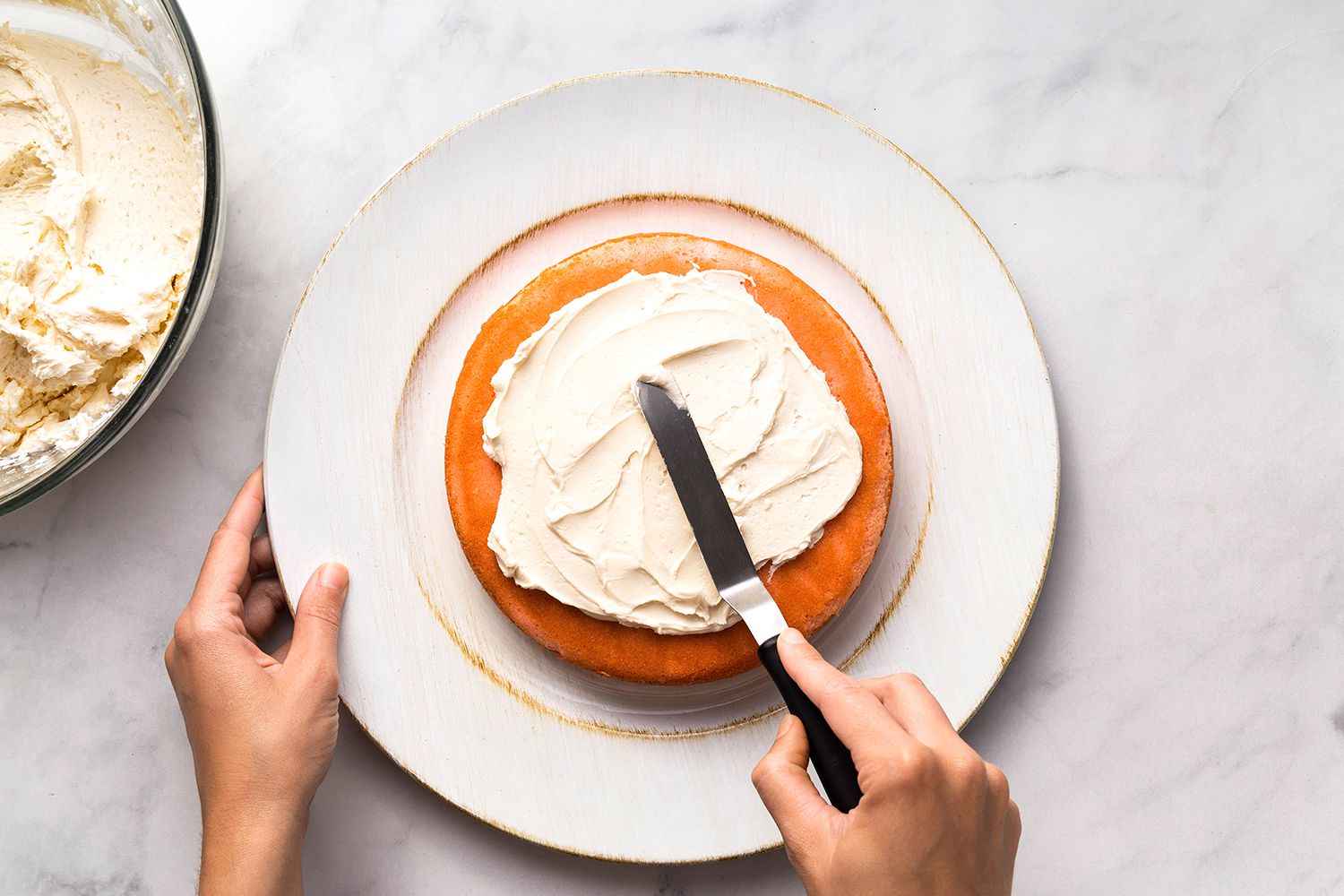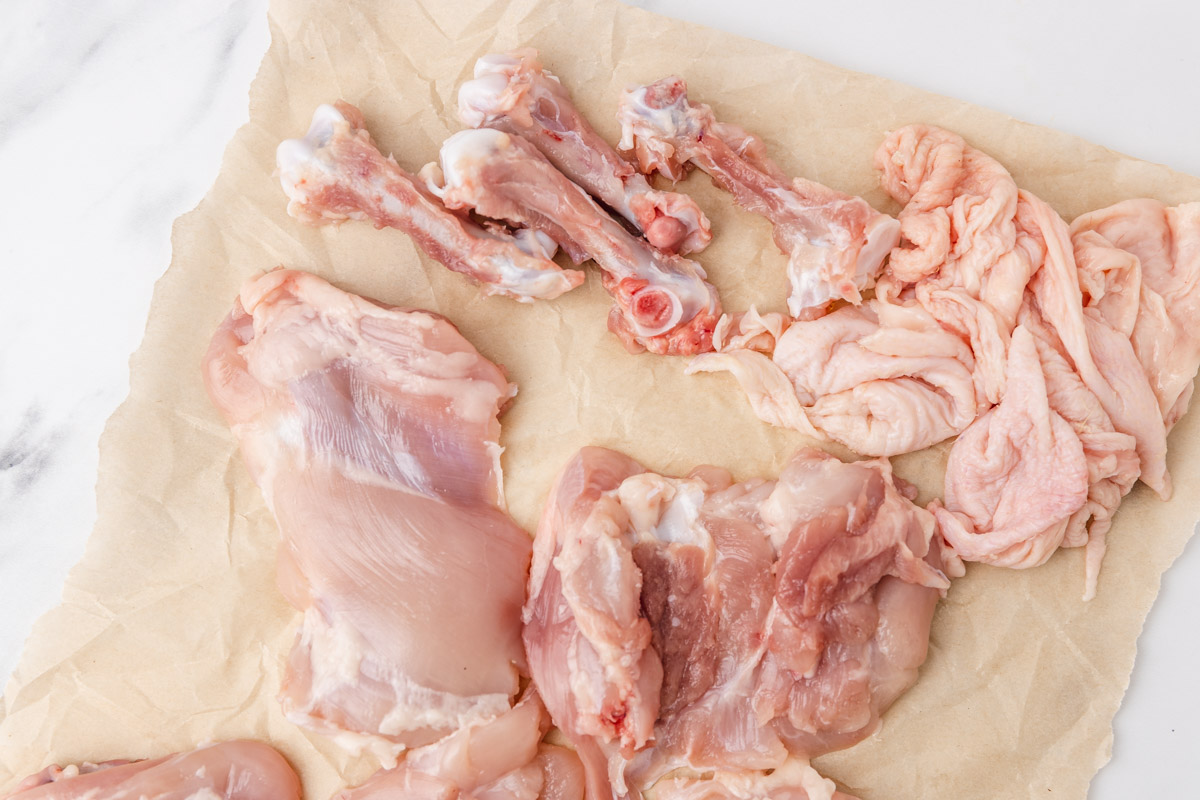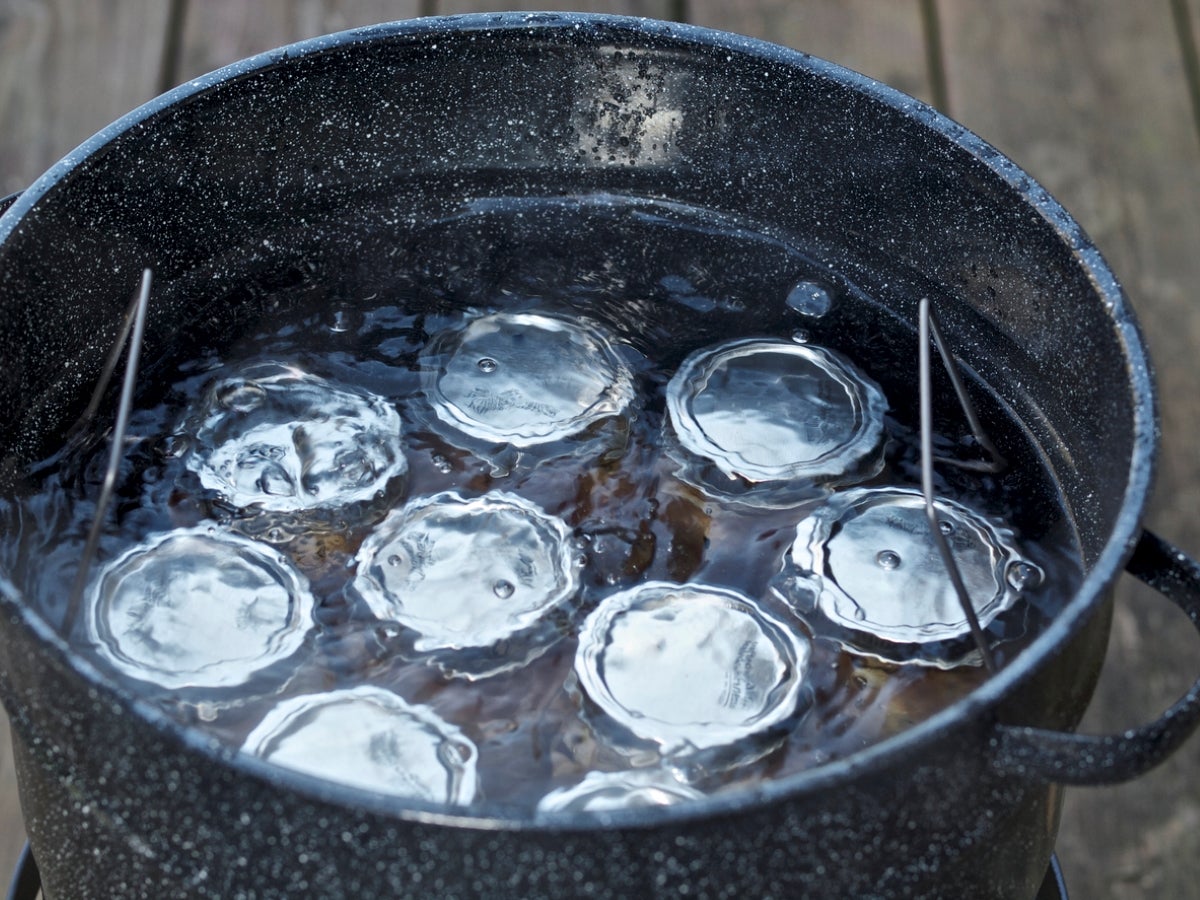How to Open Champagne: A Guide to Sparkling Success
Champagne, the epitome of celebration and luxury. Whether you’re ringing in the New Year, toasting a special occasion, or simply treating yourself, knowing how to properly open a bottle of champagne is essential. In this guide, I’ll walk you through the steps to ensure a sparkling success every time.
1. Chill it to Perfection
The first step to opening champagne is to ensure it is chilled to perfection. Place the bottle in a bucket filled with ice and cold water for at least 2 hours before serving. Keeping it cool not only enhances the taste but also prevents excessive foaming and mess when opening.
2. Remove the Foil
Once your champagne is chilled, it’s time to remove the foil that covers the cork. Hold the bottle firmly in one hand and with the other, twist the wire cage surrounding the cork six times clockwise. Be cautious, as the cork is under pressure and could pop out unexpectedly.
3. Hold and Tilt
Holding the bottle at a 45-degree angle, tilt it slightly away from yourself and others. This angle helps to minimize the chances of spillage and controls the pressure inside the bottle when opening.
4. Grip and Twist
With one hand on the cork and the other on the base of the bottle, firmly grip both parts. Gently twist the bottle, not the cork, to loosen it. Slowly and steadily, the cork will ease out with a soft pop.
5. Mind the Bubbles
As the champagne opens, the carbon dioxide trapped inside creates those delightful bubbles. To prevent unnecessary spillage, hold the bottle steady and allow the pressure to ease gradually. Avoid shaking or agitating the bottle, as this can cause an eruption of fizziness.
6. Pour and Savor
Now that your champagne is successfully opened, it’s time to pour and savor every sip. Hold the bottle by its base and pour slowly into a tilted champagne flute or glass. This pouring technique preserves the bubbles and prevents overflow.
- Fill each glass only halfway initially to allow room for swirling and enjoying the aroma.
- Avoid stirring with a spoon, as this can cause the bubbles to dissipate quickly.
- Sip and savor the bubbly elixir, enjoying the flavors and effervescence.
Remember that champagne is meant to be enjoyed in moderation, so be sure to drink responsibly.
Conclusion
Opening a bottle of champagne can be a thrilling experience, and with these simple steps, you’ll become a master in no time. Remember to chill it properly, remove the foil, hold and tilt, grip and twist, mind the bubbles, pour and savor. Now, raise your glass and toast to the art of opening champagne like a pro!
For those looking to master the art of opening champagne, this guide provides a slew of recipes to test out your newly acquired skills. Try making a Champagne Mimosa Recipe for a brunch twist, or elevate your salad game with a Champagne Vinaigrette Salad Recipe. If you're in the mood for a luxurious dessert, the Champagne Poached Pears Recipe and Champagne Sorbet Recipe are must-tries. Seafood lovers shouldn't miss the Champagne Butter Sauce for Seafood Recipe, and for a unique pasta experience, the Champagne Pasta Carbonara Recipe is a standout choice. For a sweet treat, the Champagne Cupcakes Recipe and Champagne Granita Recipe are delightful options. Each of these recipes not only showcases the versatility of champagne but also offers a delicious way to celebrate any occasion.
